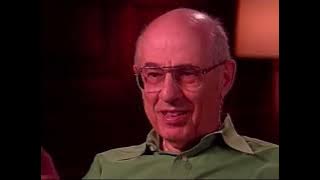Branching (linguistics)
In linguistics, branching refers to the shape of the parse trees that represent the structure of sentences. Assuming that the language is being written or transcribed from left to right, parse trees that grow down and to the right are right-branching, and parse trees that grow down and to the left are left-branching. The direction of branching reflects the position of heads in phrases, and in this regard, right-branching structures are head-initial, whereas left-branching structures are head-final. English has both right-branching (head-initial) and left-branching (head-final) structures, although it is more right-branching than left-branching. Some languages such as Japanese and Turkish are almost fully left-branching (head-final). Some languages are mostly right-branching (head-initial). (Wikipedia).



















